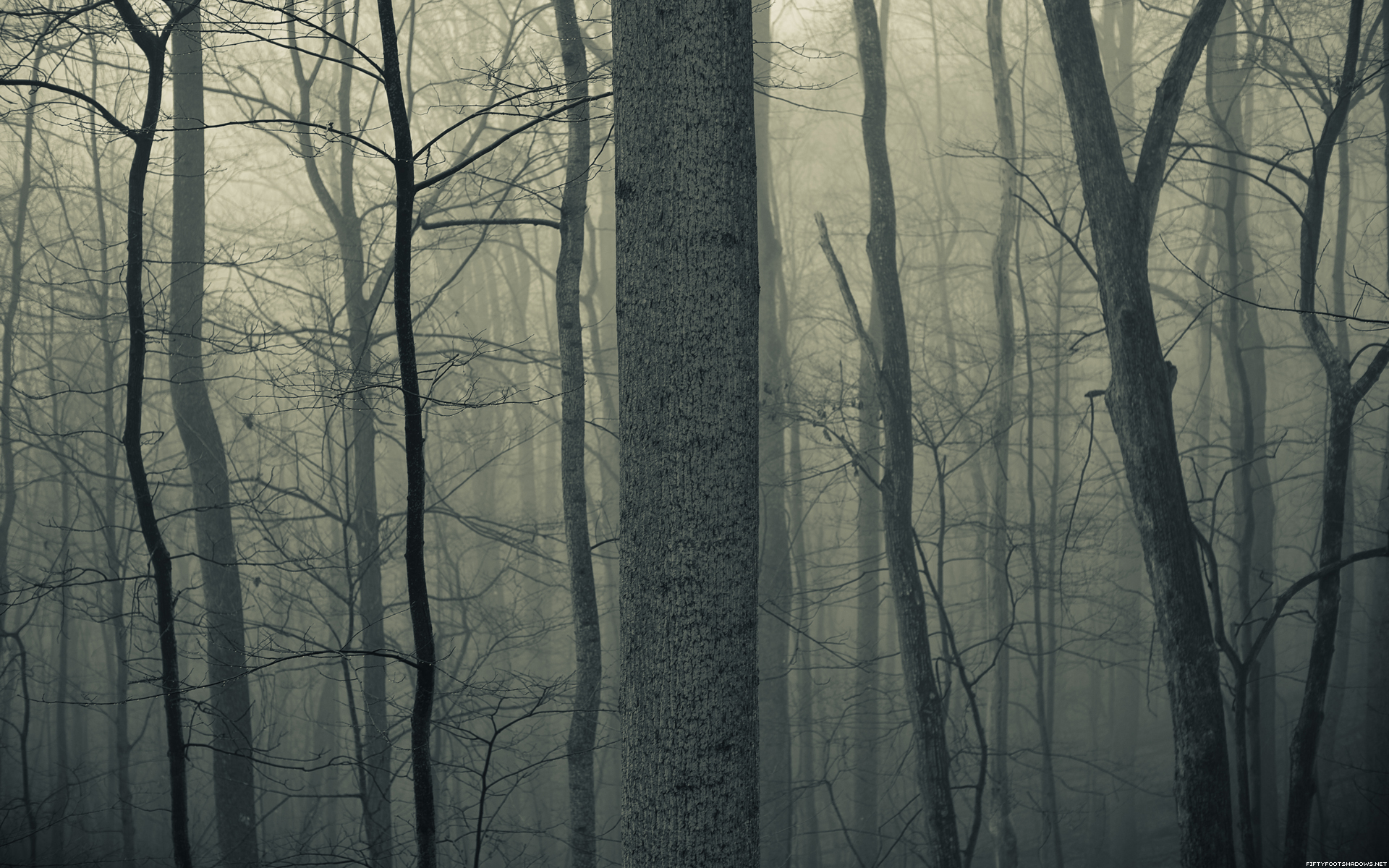

The Legend of Zelda: A Link to the Past sees the first return of the Lost Woods as a tangle of winding paths, dead ends, and areas only reachable by crawling through hollow logs, as well as the establishment of it being a common resting place for the Master Sword. It typically takes on one of two forms: an actively supernatural area that Link must cross by following a very specific path or else find himself back at the entrance or a regular if mazelike forest. The Legend of Zelda: The Trope Namer is the Lost Woods, the series' go-to forest area since the first game. Aggressive animals and Treants make up the local enemies a giant Treant is the final boss. The Legend of Spyro: The Eternal Night: The Ancient Grove is a deep, unexplored forest, where navigation requires platforming off of fallen trees and branches to move over areas where plant growth, stumps and rocks block progress one bonus area is located entirely among tree trunks over a bottomless pit, and Spyro must carefully pathfind across branches and giant floating jellyfish to avoid a deadly fall. As it's a homage to The Legend of Zelda franchise it also has a section where it becomes a full-on maze, but you're guided by a ferret/cat you saved earlier. Guardian of Paradise: Parts of the Earth Area. Interestingly, the boss Jeane, who ends up killing the 1st Rank assassin is fought in a Shifting Sand Land battlefield. Choosing the wrong way will take him back to the start, but the spirit of his late mentor guides him by pinpointing the correct paths. No More Heroes: The second half of the Rank 1 stage takes place inside an illusory forest (the place Travis reaches to after the highway chase sequence in the first half) with branching paths. This time the heroes need to enlist the help of the korok Hestu to navigate through the thick mists and confusing paths, and are further hampered by the bad guys turning it into a Big Boo's Haunt by summoning hordes of Dem Bones. Hyrule Warriors: Age of Calamity: The Lost Woods as seen in Breath of the Wild return. Though it resembles the Twilight Princess iteration in design, it is actually a completely original version for the game, as it contains a giant Great Deku Tree which serves as the stage's centerpiece and a Tree Top Town built around it. The Skyward Sword iteration is part of the Sealed Grounds stage, but it largely serves as background to the spiral pit Faron Woods stage is better suited to the trope. In the first game, two different versions of the Faron Woods serve in two different stages. The harpies and hellhounds that populate the forest in the source material are nowhere to be seen. In places, the trees will drop glowing fruits that Mind Rape Dante and any nearby demons into taking their own lives. In a bit of Values Dissonance carried over from the original poem, the souls of those who took their own lives are imprisoned in trees that resemble the bodies they left behind.  Thw Wood of the Suicides is the middle section of the Circle of Violence. The level creates something of a Continuity Snarl since Dante has the cross and Beatrice appears in her ghostly form. The portals form a number of simple puzzles based on the direction of the moonlight.
Thw Wood of the Suicides is the middle section of the Circle of Violence. The level creates something of a Continuity Snarl since Dante has the cross and Beatrice appears in her ghostly form. The portals form a number of simple puzzles based on the direction of the moonlight. #Dark woods layout series
The place is made into a proper level in one of the game's DLCs, wherein Dante chases the assassin through a series of portals through the ruins and trees of the forest.
Dante first sews the tapestry into his chest in the Dark Wood described at the beginning of The Divine Comedy. If it's a friendly looking forest, it's Green Hill Zone, if it's a spooky looking forest, it's this. A way to tell it apart from a forest-themed Green Hill Zone is by the type of forest it is. You may also find sections that require you to go inside the trees or even above them. The late-game forests have a stronger tendency to be a Forest of Perpetual Autumn. Games which have more than one forest dungeon usually have a scenic, relatively calm and sunny version near the beginning (bordering on Ghibli Hills) and a heavily-shaded, more sinister version later on. Common foes will include woodland creatures and animated trees if the Woods are haunted (later stages often are), ghosts may also appear. Unless the stage is placed much later, then things will usually be a lot more difficult. 
As a setting for video game stages, forest based levels are a cousin to the Green Hill Zone, and frequently occupy the second level - apparently operating by the logic that a forest is a little more dangerous than Ghibli Hills but not by a whole lot, and that plains and forest aren't too different considering that both are defined by the type of vegetation they have.





 0 kommentar(er)
0 kommentar(er)
